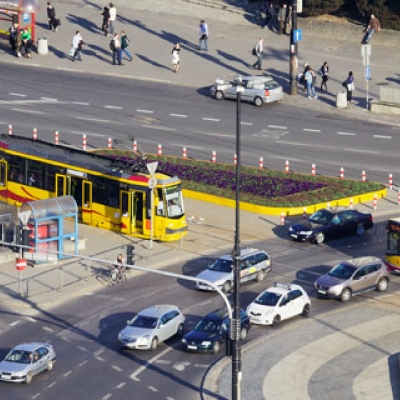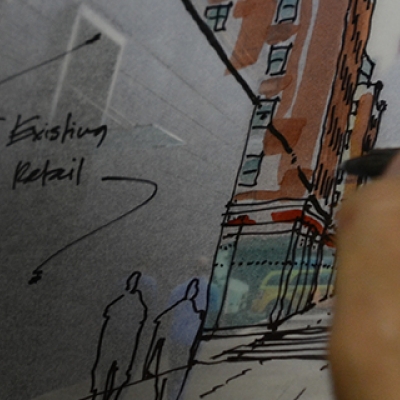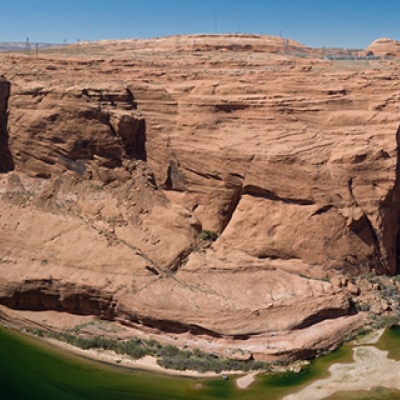
Sustainable Streets are Safe Streets
By Barbara McCann / On November 11th, 2013
Sustainability is often approached as a technical challenge, something we “should” do, for the good of the planet and for the good of the next generation.
But a push toward a more environmentally responsible future will not happen unless we care deeply. Such an emotional connection comes naturally only when an activity sustains us, right now.



